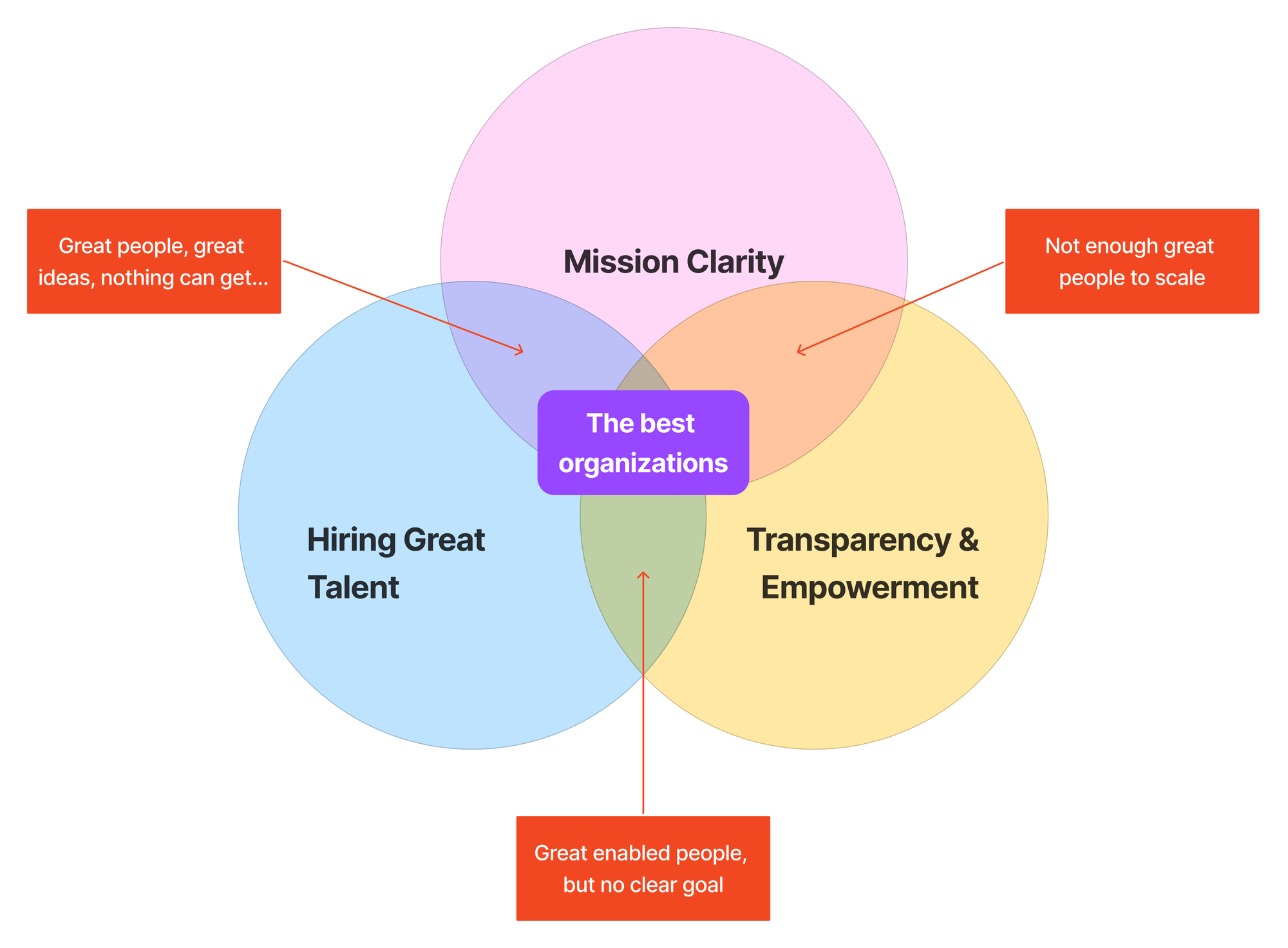Empower, Document, Lead: Submarine Insights for Startups

Imagine the tense, claustrophobic environment of a submarine, submerged thousands of feet beneath the ocean's surface. Here, every decision is critical, where even the smallest misstep could mean the difference between life and death. On a nuclear submarine in the US Navy, the crew holds unimaginable power and responsibility, serving as a crucial component of the nation's nuclear deterrent and response capabilities. Their duty extends beyond their own safety to the security of the entire world.
In this high-stakes world, precision and clarity are necessities. This was the reality Captain L. David Marquet faced when he took command of the USS Santa Fe, a submarine known for poor performance. Confronted with a crew used to top-down orders, Marquet realized he needed to empower his team in new ways to transform the vessel.
Marquet introduced a radical shift by pushing decision-making to the lowest levels, granting each crew member the autonomy to act. This autonomy required every sailor to fully understand and articulate the ship's mission. The Santa Fe's manifesto became a shared vision, aligning all actions with the mission's overarching goals.
In the high-pressure environment of a startup, similar principles apply. Success hinges on aligning everyone with the mission and empowering decision-making. Like the Santa Fe, where transparency maintained clarity, startups thrive by ensuring information flows freely. Documenting decisions reduces ambiguity, accelerates decision-making, and keeps the focus on what matters.
Exploring the parallels between submarine operations and startup success reveals how empowering individuals, fostering transparency, and ensuring mission clarity can transform a team. By focusing on Mission Clarity, Transparency & Documentation, and Empowering Decision-Making, you'll learn to navigate leadership challenges and drive agility and innovation.
Mission Clarity and Articulation
On the Santa Fe, Captain Marquet recognized that effective operation required the crew to fully understand and articulate the mission. It wasn't just about individual tasks but how they aligned with the submarine's broader goals and the Navy's strategic objectives.
Central to this was the "We Learn" Manifesto, guiding daily activities and mindset. It emphasized continuous improvement and learning, crucial for growth. The manifesto also highlighted their mission's deeper purpose: defending the Constitution and protecting liberty and prosperity:




Excerpts from the "We Learn" Manifesto
By understanding why submarines were critical — highlighted by their unique capabilities and historical contributions — the crew was reminded of their significant role in defending democracy. Marquet's expectation was clear: every crew member should strive to be a better submariner each day, seeing each task as an opportunity to learn and grow. This approach transformed the Santa Fe from one of the worst-performing submarines in the fleet to one of the best.
they were actively contributing to the success of the mission.
For startups, mastering this lesson is crucial. A clear, well-communicated mission empowers team members to understand not just what they do, but why it matters. Yet, clarity alone won't suffice. Your mission must be consistently reinforced, becoming a core part of daily decisions and actions. By articulating a compelling mission that emphasizes continuous learning and deeper purpose, you can inspire your team to own their roles and propel your organization toward success.
Empowering Decision-Making at All Levels
In the hierarchical US Navy, where "just follow orders" is maybe assumed to be the status quo, Captain Marquet's decision to delegate decision-making on the USS Santa Fe was a radical shift. This approach showed that empowerment is essential for high performance. If a nuclear submarine can implement this model successfully, a small, agile startup has every reason to follow suit.
Marquet's strategy of "leader-leader" over "leader-follower" increased responsibility. By empowering crew members, each sailor became more accountable for their actions and outcomes, moving beyond "just following orders" to critical thinking and decisive action, directly impacting mission success.
A key practice was having crew members state their intentions before acting. Instead of seeking permission, they would declare, "I intend to..." This subtle shift in language encouraged informed decision-making, enhancing responsiveness, confidence, and competence.
In startups, empowering decision-making at all levels is crucial. Fast-paced environments require agility, and centralized decision-making can hinder progress. Many decisions are "two-way door" choices, reversible and open to course correction. In these cases, speed is often more valuable than finding the "right" answer. By delegating authority, startups leverage diverse perspectives for innovative solutions and quicker execution.
Assigning a Directly Responsible Individual (DRI) for each decision clarifies roles and accountability, enabling team members to act confidently - with the necessary support.
Trust them with decisions, and they'll invest deeply and pursue excellence.
Transparency and Documentation
On the USS Santa Fe, Captain Marquet prioritized transparency by bypassing the traditional chain of command, ensuring critical information reached crew members directly. This allowed swift, decisive action and built trust, aligning everyone with the submarine's mission.
In startups, transparency and documentation are vital, especially with distributed teams. Writing things down creates a shared understanding and serves as a single source of truth, enabling asynchronous work across time zones. This documentation fosters continuous learning and improvement.
When team members grasp the 'why,' engagement skyrockets and success follows.
Navigating the Future
Reflecting on insights from the USS Santa Fe, we see that empowerment, clarity, and transparency are key to a winning organizational culture. Empowering decision-making fosters ownership and accountability, driving innovation. Startups that rely solely on a founder's vision risk becoming stagnant, like traditional top-down models. This can have the opposite of the intended effect and instead stifle the potential for rapid growth. Instead, they should function like a dynamic orchestra, where each member contributes unique skills toward a shared vision.
Steve Jobs is often seen as a "top-down" leader, but actually Apple's success lay in his ability to articulate a clear vision and attract top talent to bring it to life. Jobs wasn't a designer or an engineer or a computer expert. Apple's success was not because Jobs was the only one who understood the direction...but because he aligned designers, engineers, and experts with the mission, empowering them to innovate and excel.
The best companies articulate their mission clearly and hire individuals who complement the founder's strengths. By aligning diverse talents with the mission, startups leverage growth and avoid stagnation. Clarity and effective communication align actions with broader goals, creating a cohesive team. Transparency and documentation build trust and enable continuous learning and collaboration.

In both submarines and startups, success hinges on the ability to navigate uncertainty with confidence and purpose. By adopting these principles, leaders can build resilient organizations that thrive in the face of challenges, steering their teams toward their future success.
Further Reading
- Turn the Ship Around! by L. David Marquet, Captain, US Navy (Retired)
- “We learn” Manifesto from the USS Santa Fe
- Stephen Covey’s ride on the USS Santa Fe
Member discussion